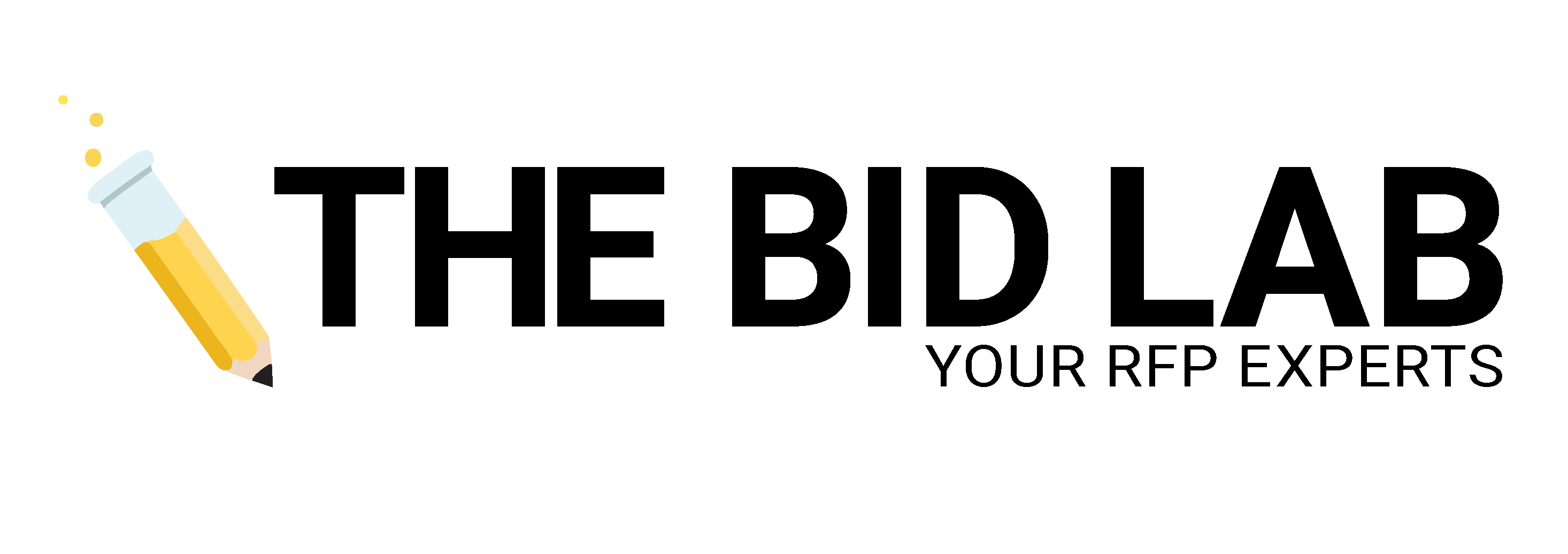How to Win More RFPs


Chances are you’ve had moments when writing a proposal where you felt like giving up. It’s hard to ‘just keep swimming’ when you aren’t sure if your hard work will pay off in the end. Wouldn’t it be so much easier if there was a simple formula for creating a winning bid? The problem with this concept is that it’s being evaluated by real humans who have their own styles, biases, preferences and idiosyncrasies. Your RFP for marketing, for example, might win because your proposed plan is exceptionally creative, which the evaluator values. Your RFP for software development, on the other hand, might win because of the reliable security features included in your program, a must-have for the company’s CEO.
Clearly, different industries have different expectations when it comes to a proposal. However, there are consistencies across all industries that give us an idea of what makes a successful response. On a basic level, the secret to a winning response is a combination of diligent research, careful preparation, awareness of your specific audience and a hint of luck. Keep reading to see five (5) ways you can win more RFPs!
Get to Know the Issuing Company
Often, firms are eager to start the proposal process and get it over with. They skip the research stage entirely and jump right into writing their response, which is a huge mistake. Before you even begin reviewing the RFP, do a search of the issuing company. Analyze their website, company culture, any recent press or news, and posts to their blog. Remember that RFPs generally only include enough background to give you context on the project. There are so many things you can learn about a company that isn’t directly in the RFP. Remember, Google can be your friend!
As you’re conducting your research, pay particular attention to any information you might want to address and include in your proposal. Have there been recent security issues with company data being leaked? If so, you might want to focus on the security features you provide when you’re writing your response. Get familiar with the industry and the brand. The more informed you are about the nuances of the market, the easier it’ll be to win RFPs.

Add Some Life to Your Responses
When you’re scrolling through a seemingly infinite list of questions, it can be tempting to just type “confirmed,” reword the question into an answer and call it a day. Although it makes your life simpler, it probably won’t impress the person evaluating your response. Just because you met the requirements doesn’t mean your answers are enough to secure a win. This is why it’s so important to have a diverse content library that’s easily accessible.
The next time you find yourself answering a question in this manner, take a look through your library to see what content you can use to improve the quality of your response. Yes, you obviously have the ability to provide weekly sales reports because you’re responding to this RFP. But, why are you the best choice to do it? Provide a little detail about your process for doing so and why it’s so efficient. In addition, ensure the information you add is new. Avoid repeating yourself to avoid the impression that you’ve run out of things to talk about. Show that you care about the RFP you’re responding to.
Nurture and Maintain Your Brand Identity To Win RFPs
Although the purpose of an RFP is to confirm you meet the requirements at a reasonable price point, it’s also a way for the issuer to get to know your company. To win more RFPs, you’ll want your response to be consistent with an overarching theme. You can exemplify this in your written responses, images and design. The key is not to be repetitive but to reveal new information that builds upon your previous responses and proves you’re an ideal fit.
For example, if your company is known for its excellent customer service, highlight that throughout. In your company background, explain why your internal processes result in happy customers and why they’re such an integral part of your brand. If you’re including bios of your staff, what is it about their personalities and experience that make them great with customers? If you include testimonials, gather examples that highlight evidence of stellar customer service (fast response times, quick issue resolution, kind staff, etc.). Make your brand identity clear at the beginning of your proposal and maintain it throughout to keep the trust and interest of your evaluators.
Review, Review Again and Review One More Time
Most companies submitting a proposal assume they lost an opportunity because they didn’t add enough information to a response, the references weren’t strong enough, or their presentation wasn’t memorable enough. But the reality is that trivial mistakes might be the reason you’re not winning. You can write the world’s best RFP, but if you’re missing a signature, you may not win the bid.
As such, always review your proposal multiple times. Ideally, each read-through should be by a different set of eyes. Make sure you sign and date all attachment pages. Keep them organized in a separate folder until you’re ready to add them in before submission. If you like to jump around in the RFP and work on the easier responses first, note what content you still need. And, of course, ensure that grammar and spelling checks are also part of your review process.
Ready to Win RFPs? Don’t Go It Alone!
As you can see, playing by the rules when developing an RFP is difficult. This is especially true when these rules are unclear and constantly changing. However, establishing a process that helps you win RFPs is as much about resources and preparation as what you write. So many other factors go into winning a bid that it’s impossible to include them all here. If you’re not seeing the win rate you’re hoping for, The Bid Lab can help! We assist with researching, writing, and designing bids. Our positive writers are invested in your success from day one. We can even help you find opportunities with Bid Banana, our user-friendly RFP search engine. Schedule a free consultation to see how we can help you start winning today!
